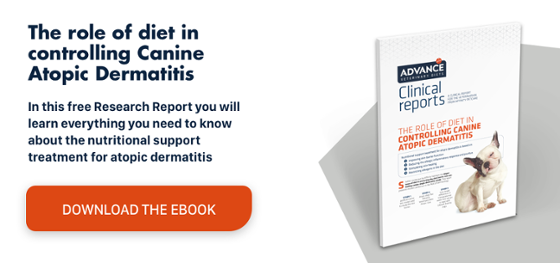Are fatty lumps in dogs a cause for alarm?
Lipomas or fatty cysts
Treatment depends on each individual case and varies according to the type of tumour and the patient’s condition. Benign tumours can usually be left untreated as they do not represent a significant problem. They are only surgically removed if there is a risk or discomfort for the dog.
In most cases of lipoma, surgical excision is straightforward and curative; however, the procedure requires general anaesthesia and may be associated with delayed healing, the formation of seromas and nerve injury in deep intramuscular tumours.
Several studies have tested a variety of different treatments. These include steroid injections, which are a relatively safe and effective treatment for lipomas in dogs.
Liposuction is a less invasive technique for lipomas of up to 15 cm in diameter and for owners may be a more attractive option than conventional surgery. However, it is not recommended for infiltrative or giant lipomas in the inguinal region. Recurrence can be expected in a high proportion of lipomas, and this should be taken into consideration when choosing liposuction over conventional excision.
Lipomas in certain locations, such as the vertebral canal, can severely compromise the dog’s health, so they must be removed surgically. Lipomas in the vertebral canal can cause pelvic neuropathy and show why magnetic resonance imaging is so useful in establishing the fatty nature of some soft tissue masses.
Sebaceous cysts
A sebaceous cyst is a cavity that forms inside and is covered by the skin. The contents are liquid or semisolid due to the formation of protein substances secreted by sebaceous cells and other cell debris. In contrast, sebaceous adenoma is a skin disease comprising a slow-growing tumour, usually appearing as a papule or nodule.
Sebaceous cysts can develop in any breed of dog but are less common in cats.
Like other fatty lumps in dogs, sebaceous cysts are benign, so there is no need for concern. Their behaviour involves three phases: eruption, encapsulation and healing.
They should never be squeezed, as this may cause a skin infection or cellulitis requiring antibiotic therapy.
Recommendations are to keep cysts clean once they erupt, as most heal on their own.
Mast cell tumours
Mast cell tumours are the most frequent neoplasms in dogs and account for 7–21% of skin tumours in dogs. They can be confused with other skin lesions, as their clinical appearance is very varied. The most common form are those which manifest as intradermal nodules. They are usually hairless, red and with ulcers. Their evolution is very unpredictable, making it very difficult to establish an accurate diagnosis. However, mast cell tumours are easily diagnosed by cytology.
Skin care
The use of ADVANCE DermaForte in dogs with dermatological problems:
- Reduces inflammation
- Improves the skin barrier
- Is hypoallergenic
It contains essential fatty acids to reinforce the epidermal barrier.
Its indications include:
- Atopic dermatitis
- Contact dermatitis
- Seborrhoea
- Regeneration of the skin’s lipid barrier
- Inflammatory skin problems
- Chronic pruritus
- Adverse food reactions with dermatological signs
- Intestinal problems with associated pruritus


